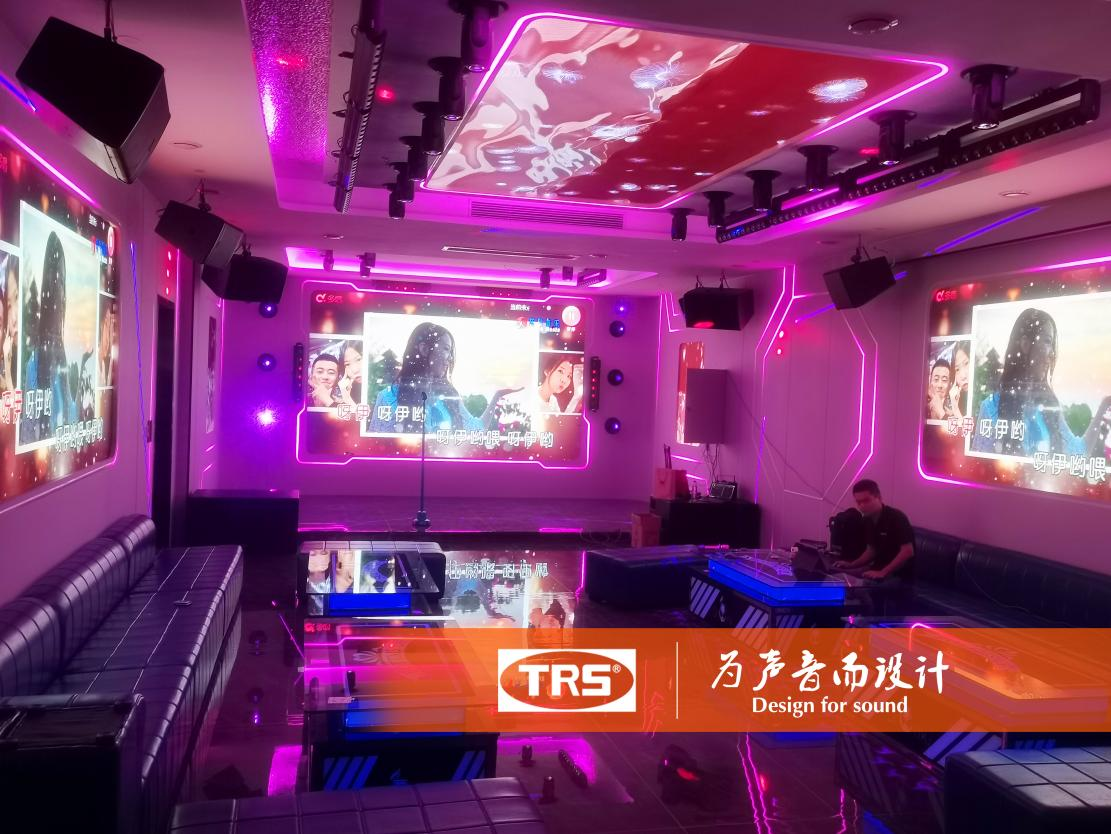At a time when content consumption is at an all-time high, the demand for high-quality audio is also at an all-time high. Whether it’s music production, film scoring or live performance, professional audio quality is critical. The right audio equipment can transform simple sounds into an immersive auditory experience that engages the audience and enhances the storytelling. This article explores how professional audio can create an immersive 3D auditory feast and delves into the technologies and techniques required to achieve this goal.
Learn about professional audio quality
Professional audio quality refers to the clarity, depth, and richness of sound produced by high-end audio equipment. Unlike consumer audio systems that focus on convenience and affordability, professional audio equipment is designed to provide excellent sound quality, including high dynamic range, low distortion, and precise frequency response, so as to more faithfully present the original sound source.
To achieve professional audio quality, various components need to work together, including microphones, mixers, speakers, and digital audio workstations (DAWs). Each device plays a vital role in capturing, processing, and reproducing sound. For example, a high-quality microphone can capture the nuances of a singer’s performance, while professional-grade speakers ensure the accuracy and clarity of the sound.
The role of 3D audio in immersive experiences
3D audio, also known as spatial audio, is a revolutionary technology that enhances the listening experience by creating a sense of space and dimension. Unlike traditional stereo, which is limited to two channels, 3D audio uses multiple channels to simulate real-world sounds. This technology enables listeners to perceive sounds coming from all directions, creating a surround-like auditory environment.
The essence of 3D audio is to emulate the way humans naturally hear sound. Our brains are wired to interpret sounds based on where they come from, how far away they are, and how they travel. By replicating these auditory cues, 3D audio can transport listeners to a whole new realm, making them feel as if they are actually there. This is particularly effective in applications such as virtual reality (VR), gaming, and immersive cinema, which are designed to create a lifelike experience.
Tips for creating an immersive 3D auditory feast
To create an immersive 3D auditory experience, audio professionals use a variety of techniques and technologies. Here are some of the most effective ones:
1. Binaural Recording
Binaural recording is a technique that uses two microphones to capture sound in a way that simulates human hearing. By placing microphones in the ears of a dummy head or using specialized binaural microphones, sound engineers can create recordings that provide a realistic spatial experience. When a binaural recording is played through headphones, the listener hears the sound as if they were in the same environment as the original recording.
2. Ambisonics
Ambisonics is an omnidirectional surround sound technology that captures sound from all directions. Unlike traditional surround sound systems that are limited to a specific speaker configuration, Ambisonics enables a more flexible and immersive audio experience. This technology is particularly useful in VR and gaming, where users can move around and interact with their surroundings. By using Ambisonics microphones and playback systems, audio professionals can create a truly immersive auditory experience.
3. Object-based audio
Object-based audio is an approach that treats individual sound elements as independent objects, rather than mixing them into a single track. This allows sound designers to dynamically position sounds in 3D space. For example, in a movie, the sound of a car driving by can be placed to the left or right of the viewer, enhancing the realism of the scene. Technologies such as Dolby Atmos and DTS:X use object-based audio to create a more immersive experience, making the sound flow smoothly around the listener.
4. Sound Design and Layering
Sound design plays a vital role in creating an immersive auditory experience. By layering different sound elements, audio professionals can build rich, engaging soundscapes. This requires the use of a variety of audio equipment, such as synthesizers, samplers, and effects processors, to create unique sounds that enhance the overall experience. Carefully selecting and arranging these sounds can evoke emotions and transport listeners into different worlds.
5. High-quality playback system
In order to fully appreciate the nuances of professional sound quality, a high-quality playback system is essential. This includes studio monitors, headphones, and surround sound systems that can accurately reproduce sound without distortion. Investing in professional audio equipment ensures that the immersive experience is not lost during playback, allowing the audience to fully enjoy the depth and richness of the sound.
In summary
In short, professional sound quality and advanced audio equipment are essential to creating an immersive 3D auditory feast. By applying techniques such as binaural recording, ambient stereo, object-based audio and sound design, audio professionals can create fascinating immersive experiences. As technology continues to advance, the possibilities for creating immersive audio experiences are endless. Whether it is movies, games or live performances, the power of sound to convey and inspire is unparalleled. Embracing professional sound quality is not only a choice, but also a commitment to providing an unforgettable auditory experience that resonates with the audience even when the sound fades away.
Post time: Jul-10-2025


